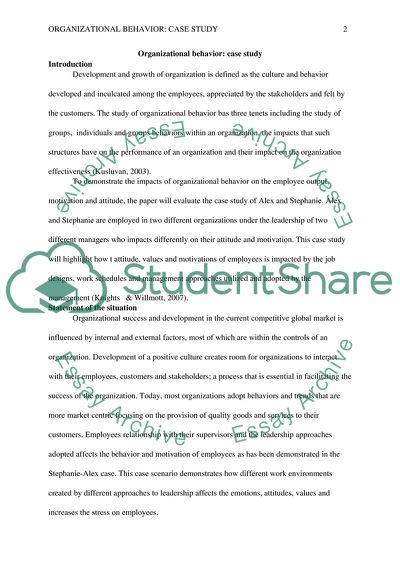Cite this document
(The Impacts of Organizational Behavior on the Employee Output, Case Study, n.d.)
The Impacts of Organizational Behavior on the Employee Output, Case Study. Retrieved from https://studentshare.org/human-resources/1811788-organizational-behaviour-case
The Impacts of Organizational Behavior on the Employee Output, Case Study. Retrieved from https://studentshare.org/human-resources/1811788-organizational-behaviour-case
(The Impacts of Organizational Behavior on the Employee Output, Case Study)
The Impacts of Organizational Behavior on the Employee Output, Case Study. https://studentshare.org/human-resources/1811788-organizational-behaviour-case.
The Impacts of Organizational Behavior on the Employee Output, Case Study. https://studentshare.org/human-resources/1811788-organizational-behaviour-case.
“The Impacts of Organizational Behavior on the Employee Output, Case Study”, n.d. https://studentshare.org/human-resources/1811788-organizational-behaviour-case.


